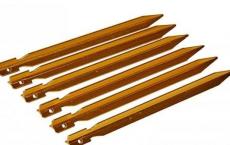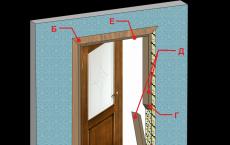Decorative moss for a variety garden: photo
The history of ornamental moss cultivation dates back to the 6th century, when Buddhists began to decorate their gardens with it. Firstly, such moss was not whimsical at all, and secondly, with its help it was easy to build a beautiful landscape drawing: bridges, stones and tree bases were covered with a soft blanket of emerald moss.
Moss is unpretentious, but durable. For example, in one of the gardens in Kyoto, where there are more than a hundred varieties of moss on two hectares of land, it has been growing since the 14th century. One type of plant, yellow-green leucobria, is famous for its ability to absorb sounds, which creates the necessary atmosphere of calm in the garden.
Moss is usually considered a variety of lichens and plants with a soft, velvety surface, but in fact, plants that reproduce by spores are called bryophytes. Moreover, they prefer to live in the most humid corners of the planet, usually located on the ground, trees, stones and rocks. Decorative varieties of bryophyte are widely used for decoration, stone compositions. It gives a special flavor to the garden, decorating tree roots, ceramics, small lakes and waterfalls, and also creates beautiful soft lawns. The advantage of moss is that it always remains blooming, so when the first snow falls on the ground, the picture becomes fascinating from an interesting combination of colors, symbolizing completely different seasons; also in spring, when the last snow melts, a green mat of moss peeks out of it, reminiscent of the coming warmth.
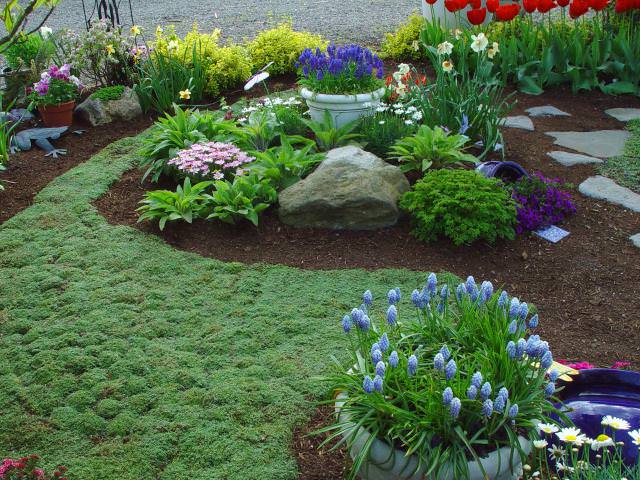
How moss is used in the interior
There are a large number of types of moss suitable for decoration. These are plants with multi-colored leaves and patterned crowns, and plants with boxes with spores resembling natural fruits, and plants that look like a combination of algae and fungi. Most often, decorative moss does not grow alone, it forms into beautiful emerald pads or even entire carpets.
If you want to create moss compositions in the interior with your own hands, you need to consider that this plant loves the north side of the home (that is, the one where there is the least light), as well as a clean, unpolluted atmosphere.
For the garden, as an ornamental moss, scale, fruticose and foliose lichens will fit perfectly, capable of creating a magnificent ensemble of colored and silvery fragments in garden decoration.
What are the benefits of moss if used in the garden
Garden flowering moss is quite unpretentious. Unlike most cultivated plants, it does not need good lighting or. It does not need to be cut, and it is also absolutely hypoallergenic, which means it does not pose a danger to people.
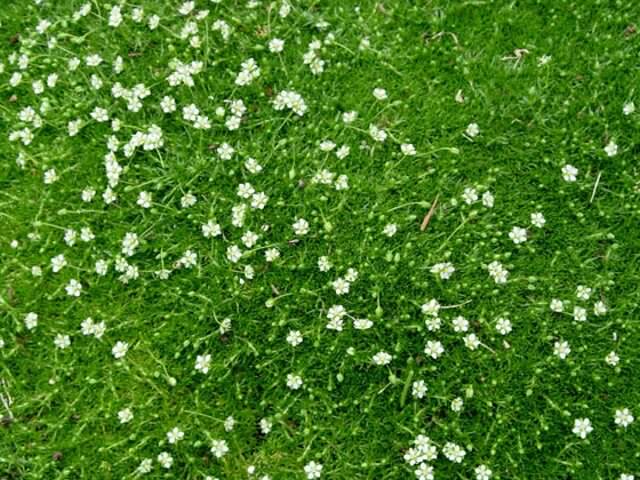
On land occupied by moss, there is usually no problem with, as moss competes with them. Many gardeners are also pleased with the fact that the plant hardly reacts to temperature changes. Thus, the hassle with moss will not appear.
Garden decoration
Most often, moss is grown in the garden called cuckoo flax, which is stalks with sods of dark green leaves up to 40 cm high. Moss reproduces by spores.
In the garden, the plant is grown in two ways: with the help or creation of favorable conditions for the emergence. But moss is a slow plant, so you have to wait a long time, several years, for the moment when it appears or grows.
Because gardeners prefer to use seedlings. You can not only buy it in a specialized store, but also dig up moss plates from the nearest forest with your own hands.
If you decide to take moss in the forest, you need to dig it up along with part of the soil - this will speed up adaptation to the soil in your garden. Moss pads should first be moistened with water, and then planted 20-25 centimeters apart, gently pressing to the ground in order to simultaneously remove air and not harm the structure.
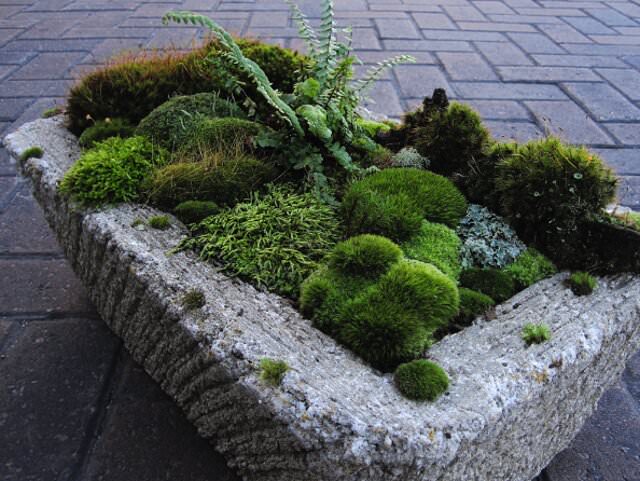
If you are going to plant moss not on flat ground, but on some kind of irregularity (for example, a slope), you should fix the pads with chips or tree bark to prevent them from slipping after rain.
Although moss is unpretentious in care, you should not forget about maintaining comfortable conditions for it, especially if you used seedlings. The main condition for the growth of moss is to maintain the necessary soil moisture, especially in the first two weeks after it was planted.
If you are not in a hurry to decorate the garden, you can try to create the necessary conditions for the bryophyte to grow on its own. To do this, you need to dig up the area of \u200b\u200bthe soil on which it is planned to grow moss, and then fertilize it with a herbicide and acidify it (peat is added to the top soil layer). You will see the first results in the form of mossy areas after a couple of years, and after another three years, moss will grow with might and main on the cultivated land. Do not forget about soil moisture during the cultivation of bryophyte - if there is a drought, it is necessary to provide the soil with enough moisture.
Bryophyte outside the garden - myth or reality?
Unfortunately, it is impossible to create all the necessary conditions for breeding a bryophyte in an apartment.
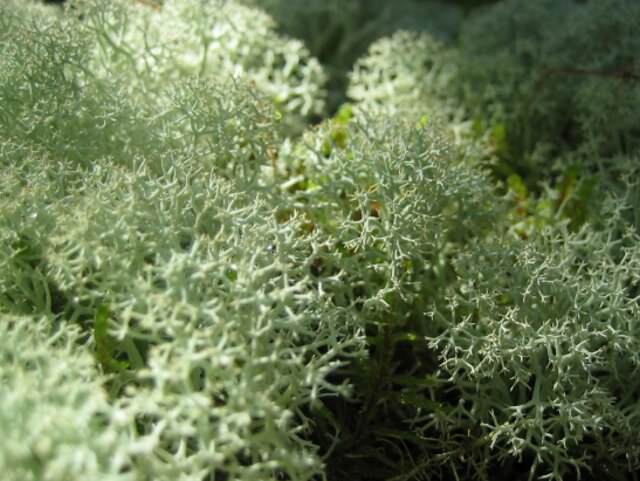
First of all, due to the lack of humidity (the necessary environment can only be created if moss is sprayed every 15 minutes from a spray bottle). Of course, some moss decor lovers try to grow it in an aquarium or any other closed container, but this method requires a lot of effort and, accordingly, the desire to do this painstaking work.
You can decorate the ground with moss in pots with houseplants with your own hands, however, for this you should water them with settled water, preferably rainwater, so that the indoor bryophyte does not lose its attractive emerald color.
A logical consequence of active urbanization is the fashion for environmental friendliness. A person always strives to create a corner of nature in a gassed and dirty city. This explains the popularity of moss as an eco-element in the interior.
Designers usually decorate vertical surfaces, accessories and furniture with moss. Due to its practicality and aesthetics, moss in the interior has competed with indoor flowers.
Now the so-called phytowall made of decorative, stabilized (canned) moss, resembling a real piece of a village garden in a city apartment, has gained great popularity. What are its benefits?
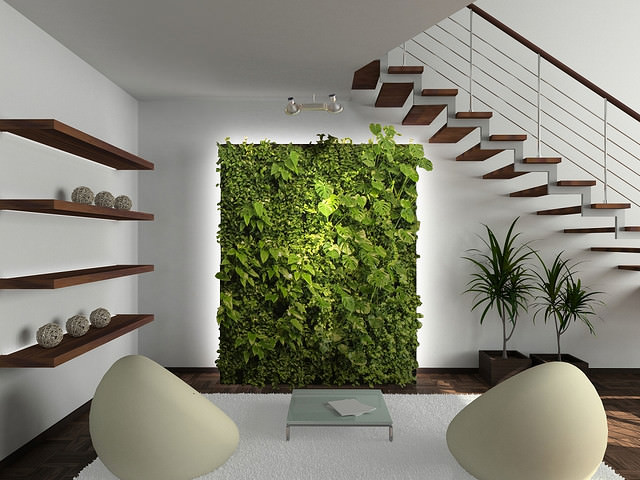
- To build a phytowall with your own hands, you don’t have to think about soil or bulky structures - you only need special plates that contain moss spores. A living wall does not have to be watered and special lighting should be selected for it.
- Phytowall has excellent sound insulation, which is especially important in an apartment building.
- Moss, by absorbing moisture from the air, controls the level of humidity in the room.
- Using different colors of decorative moss, you can make a pattern or pattern.
- Phytowall requires a minimum of care: you never have to specially fertilize or cut it.
- A living wall is a great playground for your decorating fantasies. With your own hands, you can make it more original by adding some indoor weaving plants or, for example, a fern.
No less popular than a phytowall are moss paintings with the addition of various natural elements.
There are also other ways to make moss a profitable decor element. These are, for example, moss rugs, moss-decorated photo frames, greenboards, furniture details, silhouettes.
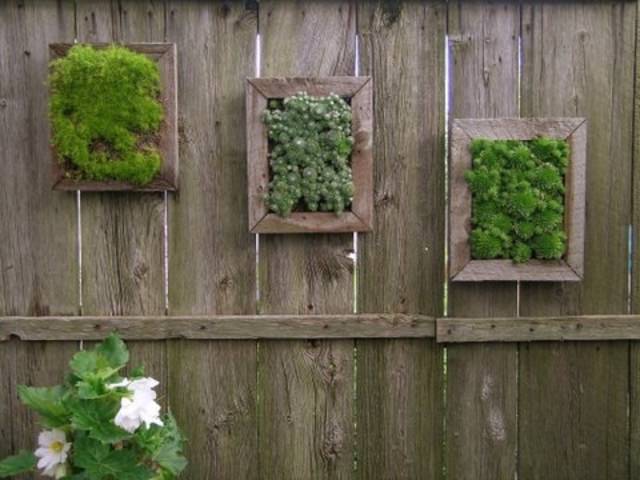
And all this, if desired, can be done with your own hands, using stabilized or artificial moss.
Artificial moss as a reasonable alternative to natural vegetation
If for some reason you cannot use a forest plant in your interior, you can try to make its analogue with your own hands. With a little effort, the output you get is almost indistinguishable from the natural product.
You will need toothpicks, acrylic paint with a green palette, clear glue, and the hard side of an ordinary green sponge.
First, grind the hard part of the sponge. Mix it with the paint using toothpicks. Add glue and mix thoroughly. If the glue is quick-drying, it should be applied directly to the coating, and then lay out the moss. If its drying time is several hours, it is kneaded with a washcloth, and only then they make up the composition.


